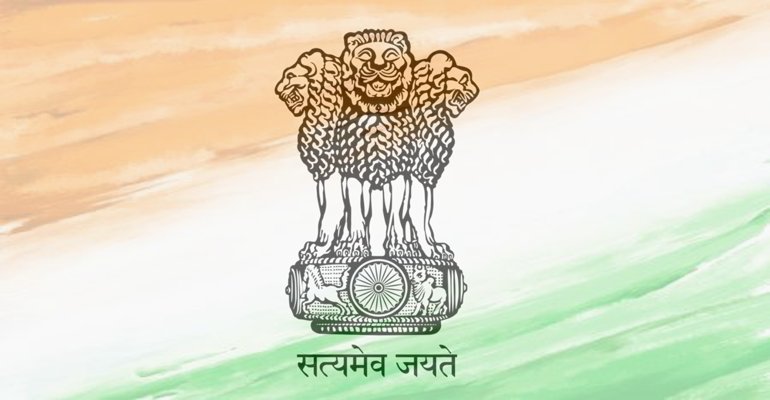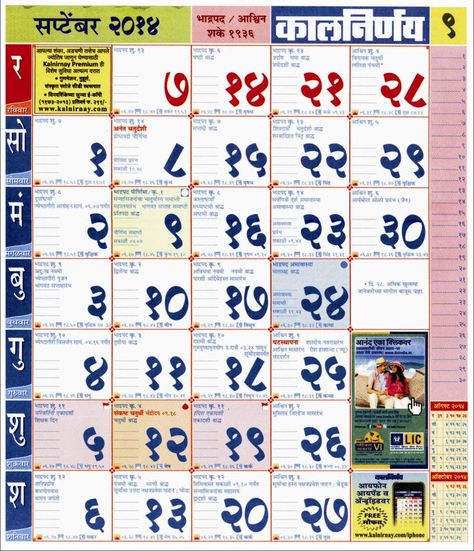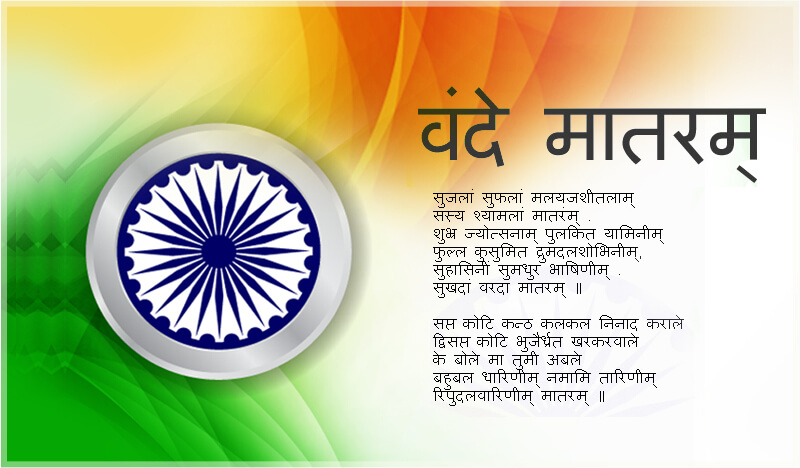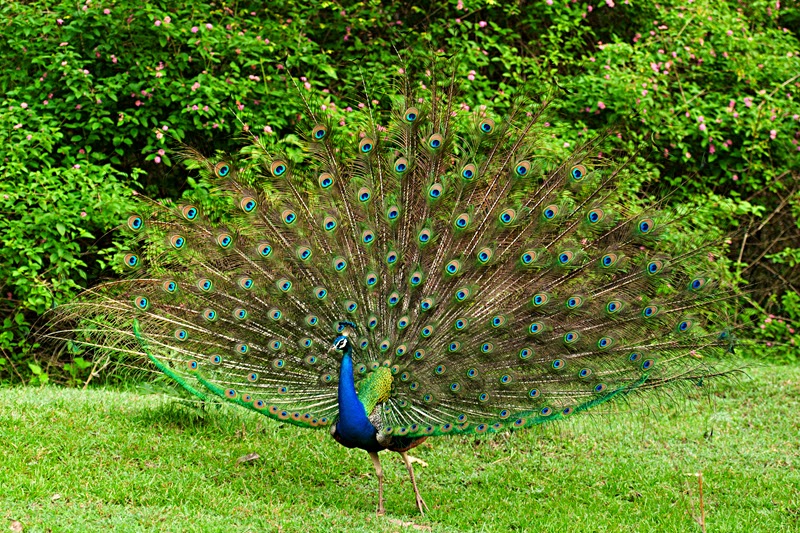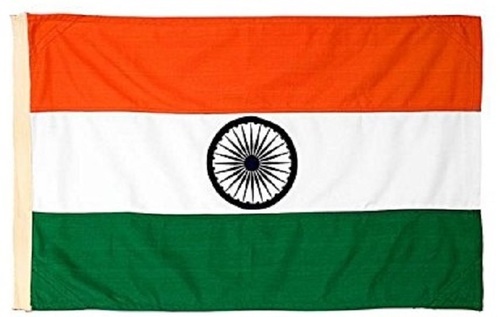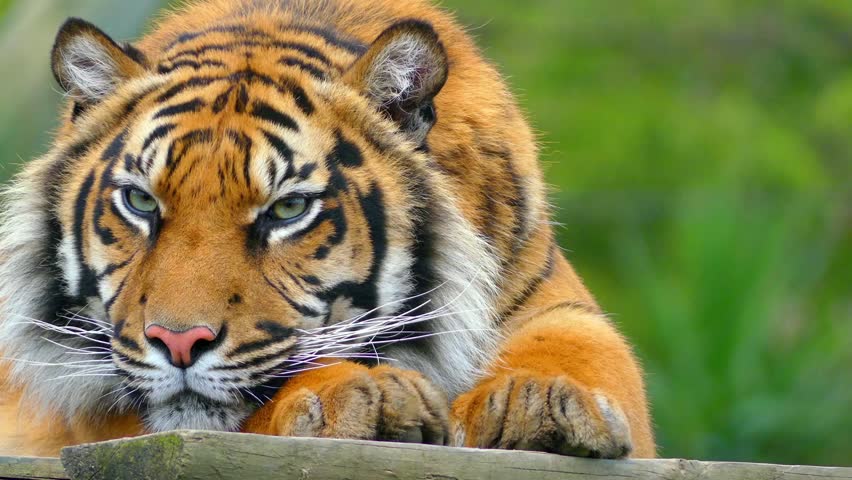- Home
- National symbols of India
- National Anthem of India
National Anthem of India
National Anthem of India:
Quick facts
Country: India
Title: Jana Gana Mana
Lyrics by: Rabindranath Tagore
Adopted by: 24th January 1950
Music by: Rabindranath Tagore.
First sung: 27th December 1911.
Introduction
Every country is blessed to have a National anthem for its country. National anthem is a patriotic composition of music which is recognised as a national song which depicts the country’s rich and colourful history, culture, traditions and philosophical sentiments. The song should be authorised by the government of the country as the National song. It is a very important National symbol of India.
The
prominence and importance of national anthem rose only in 19th
century in Europe but few did originate much earlier. It is presumed that the
oldest National anthem belongs to Netherlands which is called as Wilhelmus. It
was written during the Dutch revolt between 1526-1572.
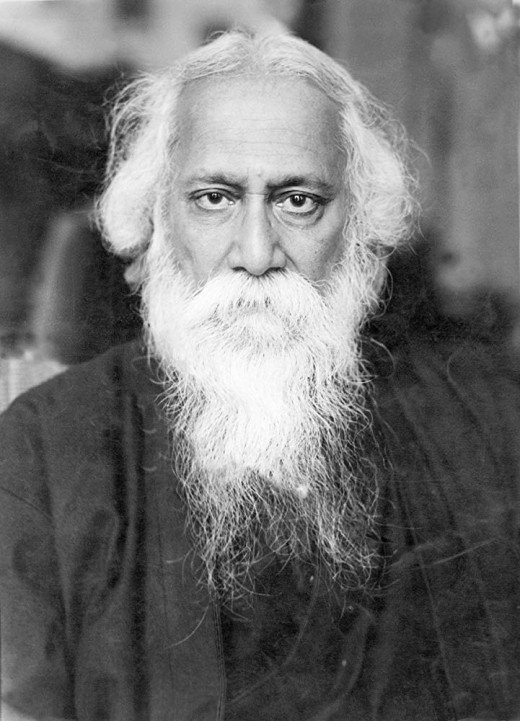
National Anthem of India “Jana Gana Mana” was composed by the Noble Laurete Rabindranath Tagore. The song was originally composed in Bengali and the original song was Bharoto Bhagya Bidhata.
It is a Brahmo hymn and the first five verses have been
adopted as the National Anthem of India after India got its independence on 24th
January 1950. The original song was sung for the first time publicly on
December 27th 1911. Jana Gana Mana conveys the concept and message
of “Unity in Diversity” which is culture of India.
History of National Anthem of India
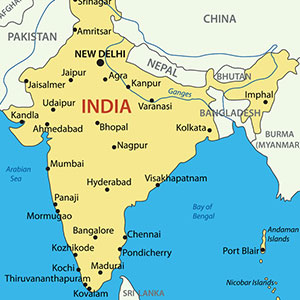
The Indian National Anthem original song Bharoto Bhagya Bidhata was first sung on December 27th 1911 at the annual session of the Indian National Congress at Kolkata and in 1912 the song was sung at the annual event of Adi Brahmo Samaj.
In the year
1905 the song was first published as Bharat Bhagya Bidhata in Tattwabodhini
Patrika. Rabindranath tagore was the editor of the Patrika which was the
official publication of Brahmo Samaj.
The song was further sung in the year 1912 by the niece of Rabindranath Tagore by name Sarla Devi Chowdarani along with group of school students in front of Bishan Narayan Dhar and Ambika Charan Majumdar who were Indian National Congress members and President.
Later the song was sung by Tagore himself in Madanapelle Andhra Pradesh on February 28th 1919 at Besant Theosophical College.
Later the college students and the college vice principal Margret Cousins requested Tagore for English version of the song. Rabindranath Tagore translated the song to English in the college on 28th February 1919 and gave title to the English version as the Morning Song of India.
The college adopted
the English translated song as the Morning Prayer song of the college which is
practised even to this date.
On the happiest occasion of India
attaining freedom from the British, the Indian Constituent assembled on 14th
August 1947 midnight and sung Jana Gana Mana unanimously. Later on 24th
January 1950, Jana Gana Mana was officially proclaimed as the India’s National
Anthem of the Constituent Assembly of India.
Lyrics and Meaning of National Anthem of India
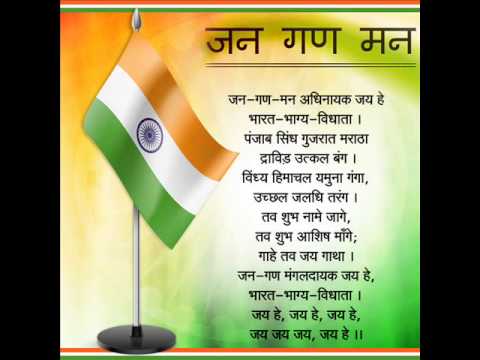
The time of rendition of the anthem is 52 seconds for full song and the shorter version takes approximately 20seconds. The shorter version includes the first four lines and the last two lines of the anthem.
The original song was composed in Bengali known as Sadhu Bhasha. Sadhu Bhasha is a sankritised form of Bengali writing and Sadhu Bhasha is a literary register in Bengali language. It is used only in writing.
There
isn’t much difference between the original song and the translated as the song
uses entirely noun and most of the words used in the song are used commonly in
all Indian languages and hence the original song is quiet clearly
understandable to the people.
The English version of the anthem
was composed by Rabindranath Tagore at Besant Theosophical college Madanapalle
Andhra Pradesh. The English version of the song became the morning prayers in
the school and was sung in the name of The Morning Song of India. The English
translation of the song is as follows.
Thou art the ruler of the minds of all people,
Dispenser of India's destiny.
The name rouses the hearts of Punjab, Sind, Gujarat and Maratha,
Of the Dravid and Orissa and Bengal;
It echoes in the hills of the Vindhyas and Himalayas,
Mingles in the music of the Yamuna and Ganga
And is chanted by the waves of the Indian Sea.
They pray for thy blessings and sing thy praise.
The salvation of all people is in thy hand,
Thou dispenser of India's destiny.
Victory, victory, victory to thee.
The full anthem of India is sung
as follows with great respect and dignity. Rabindranath Tagore has given a
beautiful description of India and the Indian geography along with states and
the major Rivers in the National Anthem of India.
Jana-gana-mana-adhinayaka, jaya he
Bharata-bhagya-vidhata.
Punjab-Sindh-Gujarat-Maratha
Dravida-Utkala-Banga
Vindhya-Himachala-Yamuna-Ganga
Uchchala-Jaladhi-taranga.
Tava shubha name jage,
Tava shubha asisa mage,
Gahe tava jaya gatha,
Jana-gana-mangala-dayaka jaya he
Bharata-bhagya-vidhata.
Jaya he, jaya he, jaya
he, Jaya jaya jaya, jaya he!
Code of Conduct
National Anthem of India should be sung with great respect and dignity on various occasions. The government of India has set up various instructions to take care while singing the National anthem of India.
The Prevention of Insults to National Honour act of 1971 was started to stop and prevent any purposeful disrespect to the National Anthem of India. These instructions have been written on a government paper and are issued for general information and guidance which singing the National Anthem of India. Insult to National Anthem is punishable with an imprisonment for three years as well as monetary fine.
The following code of conduct should be
observed by every Indian citizens whenever the National Anthem is played.
Individual should stand straight and keep his/her head high
One should see front.
Mass singing of the National Anthem is to accompany the unfluring of the National Flag
No distortion of words or music should be there while National Anthem being played
There are certain instructions of playing the full National Anthem. Playing of Full National Anthem on the following occasions:
Civil and Military investitures;
When National Salute (which means the Command "Rashtriya Salute - Salami Shastr" to the accompaniment of the National Anthem is given on ceremonial occasions to the President or to the Governor/Lieutenant Governor within their respective States/ Union Territories;
During parades Full National Anthem is sung even though the dignitaries mentioned are present or not
On arrival of the President at formal State functions and other functions organized by the Government and mass functions and on his departure from such functions;
Immediately before and after the President addresses the Nation over All India Radio and television;
On arrival of the Governor at formal State functions within his State/Union Territory and on his departure from such functions;
When the National Flag is brought on parade;
When the Regimental Colours are presented;
In schools the day may start with the singing of National Anthem of India. School authorities should make adequate provision in popularising the singing the anthem and promoting respect for National flag among the students.
Controversies
The National Anthem of India was under controversy when a group of congress leaders alleged that the Rabindranath Tagore wrote and sang the song to welcome the Emperor George V. the creation of the song coincided with England Monarch’s First visit to India and his coronation at Delhi Durbar in 1911.
On 10th November 1937, to clarify the misunderstanding and the controversy, Rabindranath Tagore wrote a letter Pulin Bihari Sen by quoting the following “"A certain high official in His Majesty's service, who was also my friend, had requested that I write a song of felicitation towards the Emperor.
The request simply amazed me. It caused a great stir in my heart. In response to that great mental turmoil, I pronounced the victory in Jana Gana Mana of that Bhagya Bidhata [ed. God of Destiny] of India who has from age after age held steadfast the reins of India's chariot through rise and fall, through the straight path and the curved. That Lord of Destiny, that Reader of the Collective Mind of India, that Perennial Guide, could never be George V, George VI, or any other George.
Even my official friend understood this about the song. After all, even if his admiration for the crown was excessive, he was not lacking in simple common sense” Further in 1939 Tagore wrote: "I should only insult myself if I cared to answer those who consider me capable of such unbounded stupidity as to sing in praise of George the Fourth or George the Fifth as the Eternal Charioteer leading the pilgrims on their journey through countless ages of the timeless history of mankind."
In some states it was made mandatory to play the National anthem before the beginning of the film in the cinema Hall. Another controversy that erupted was that in the National Anthem of India only those provinces which were ruled by the British like the Punjab, Sindh, Gujarat, Maratha, Dravid (South India), Odisha and Bengal are mentioned but the princely states like Kashmir, Rajasthan, Hyderabad, Mysore or Kerala or even nun of the North east India is mentioned in the National Anthem of India.
It was later cleared by stating that only the border states which include the whole of India. Dravida includes the southern states, Jolodhi in Sanskrit includes seas and oceans. Further there were various articles with this regard.
Importance
The National Anthem is one of the most respected and important national symbol of any country. India being a country of multiple languages Jana Gana Mana perfectly describes and upholds the dignity of the country. Our National Anthem completely conveys the traditions, culture and values of India. Jana Gana Mana shows patriotic emotions and helps in unifying the different races, caste creed by singing on hymn like verses.
Update on coronavirus in India
Affiliate Disclosure:
If you make any purchase via a link on this site, I may receive a small commission with no added cost to you.


